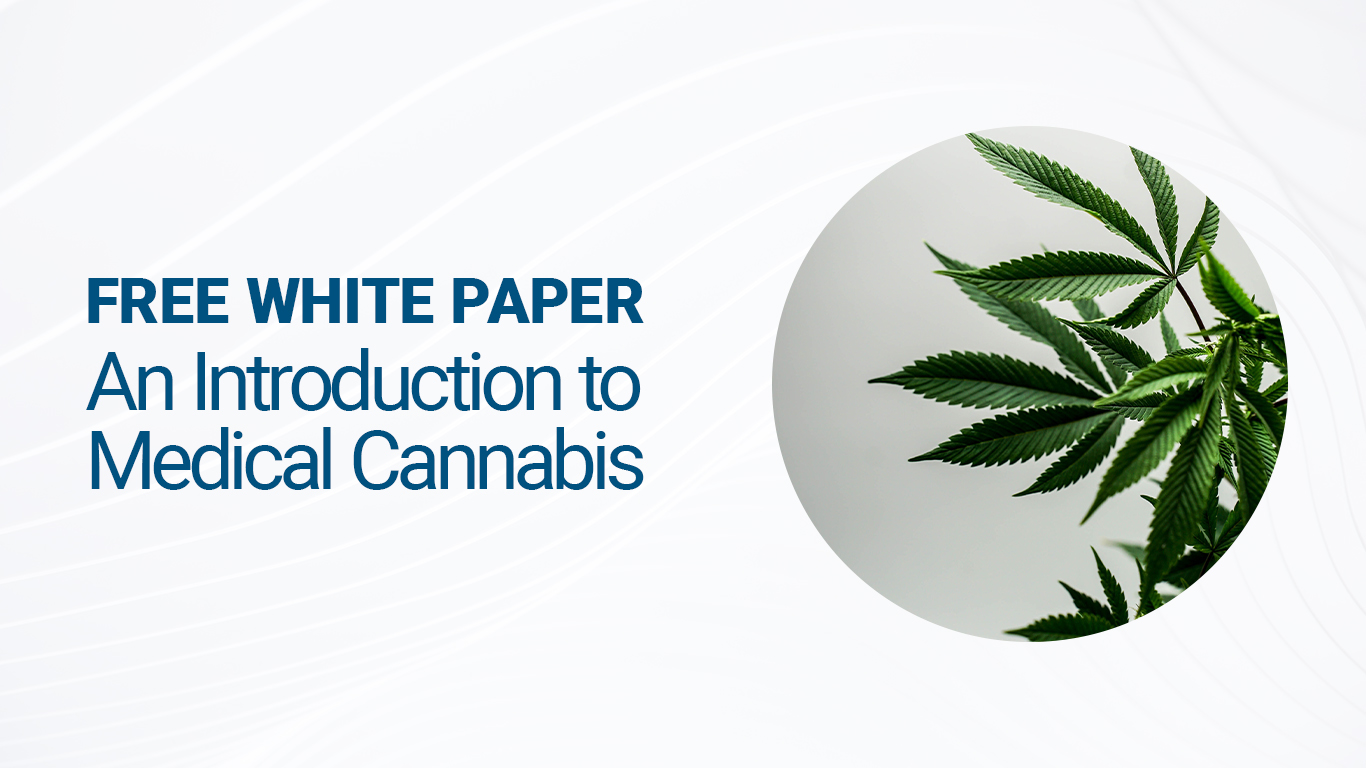Increasing separation efficiency by pH adjustment in Centrifugal Partition Chromatography
NewsThe historical use of cannabis as a medicinal remedy dates back thousands of years. During the 18th century, the categorization of cannabis plants into Indica, Sativa, and sometimes Ruderalis (as a commercial variety) gained prominence. Despite their popularity among recreational users, contemporary scientists suggest an alternative classification. The traditional division into cannabis Indica, cannabis Sativa, and hybrids is now deemed outdated in medical contexts. This approach fails to adequately account for the varying mechanisms of action. Instead, a more relevant approach involves considering the CBD and THC content, as well as the terpene profile of cannabis flowers, to guide classification in medical applications.
Rather than classifying effects solely based on sativa and indica distinctions, modern scientific consensus points toward the intricate interplay of cannabinoids and terpenes, essential oils that contribute to the plant’s aroma, as the primary factors influencing cannabis effects. Furthermore, the effects are influenced by the dose and method of administration.
Among the most well-known cannabinoids in the cannabis plant are THC (tetrahydrocannabinol) and CBD (cannabidiol). These active compounds are primarily present in the female cannabis flowers and their effects vary depending on the dosage. THC, known for its intoxicating effects, has been shown to alleviate chronic pain, nausea, and vomiting. Researchers have also identified its appetite-stimulating properties. On the other hand, CBD demonstrates anti-inflammatory effects and is utilized in treating epileptic disorders.
Researchers are continually exploring the development of new cannabis strains through crossbreeding to achieve specific effects. Of particular interest is the THC content, with extensive research focused on this aspect. Notably, between 2000 and 2004, the average THC content in cannabis plants from the Netherlands escalated from 8% to 20%, underscoring the ongoing efforts to refine the properties of different varieties.
Nevertheless, the complete spectrum of effects is likely to be unlocked through the intricate synergy between terpenes and cannabinoids. While previous research predominantly focused on THC and CBD, growing interest is now directed towards exploring the potential benefits of other secondary metabolites when combined with various substances. This combined effect is termed the “entourage effect,” showcasing the intricate interactions among these compounds.
Lesser-known cannabinoids such as tetrahydrocannabivarin (THCV), cannabinol (CBN), cannabigerol (CBG), and cannabichromene (CBC) play crucial roles alongside THC and CBD. Equally significant are terpenes, including β-myrcene, pinene, limonene, linalool, β-caryophyllene, and α-humulene.
In a pivotal study on the entourage effect conducted in 2011, neurologist Ethan Russo elucidated the remarkable interplay of these chemical compounds. His research underscores how even minute quantities of terpenes can substantially influence the effects of cannabis flowers, shedding light on the intricate dynamics at play within the plant’s composition.
Recent studies have emphasized the complexity of the cannabis plant’s effects, highlighting that drawing therapeutic conclusions solely from the appearance of cannabis flowers is an oversimplification. The intricate nature of the plant requires further research to precisely predict the effects of different strains based on their constituent compounds.
Further Resources
To learn more about natural extracts, CPC and chromatography in general, click any of the links below.



